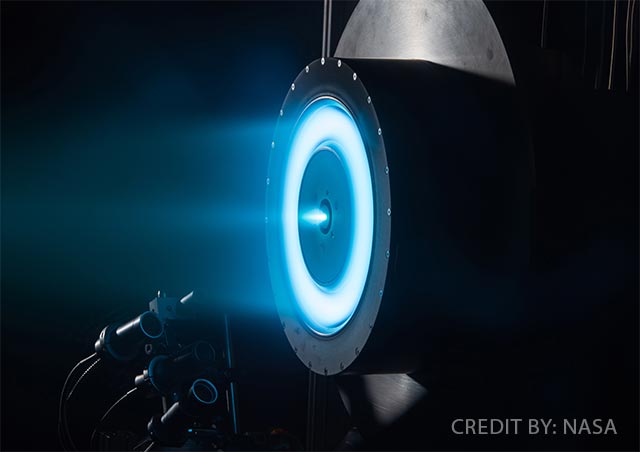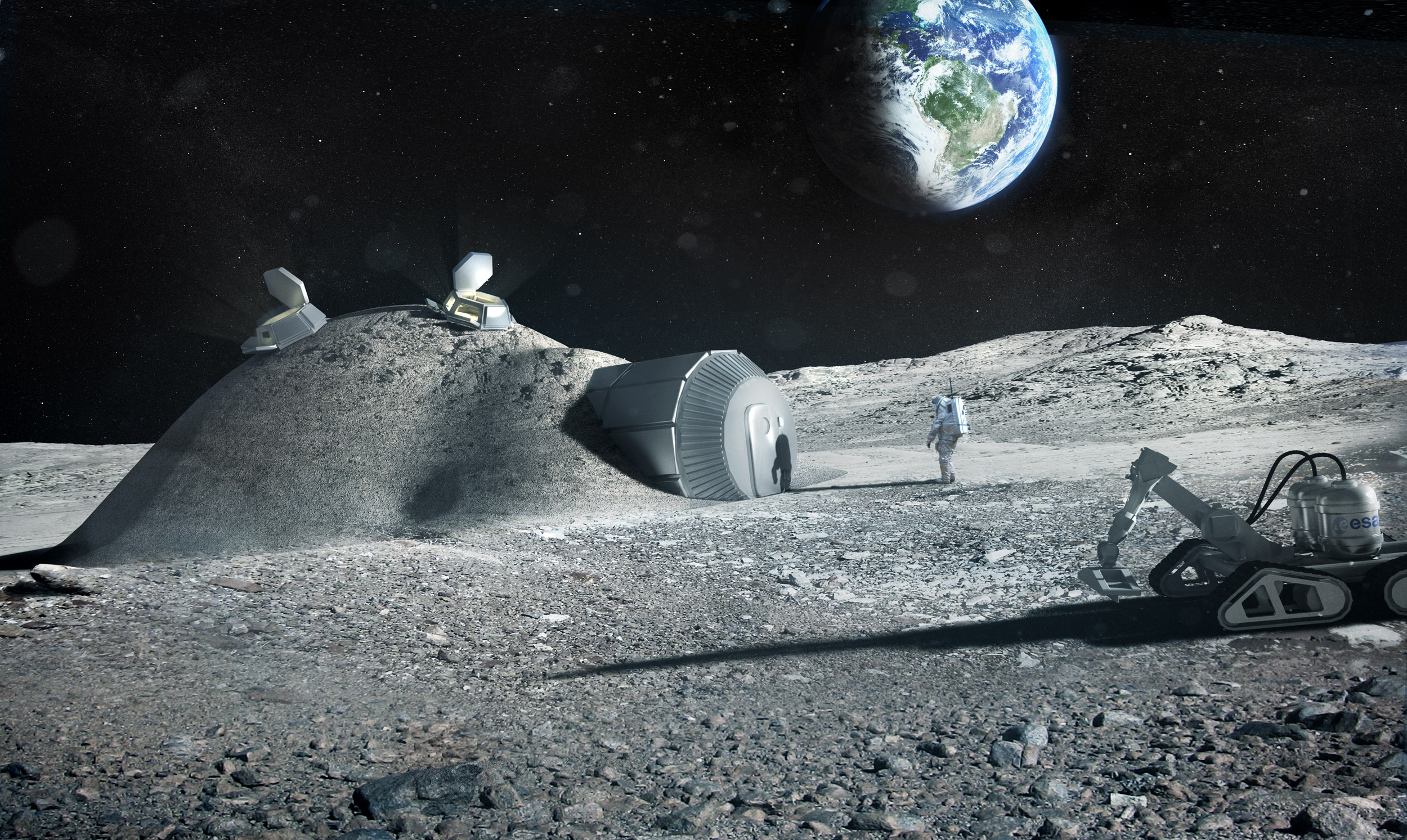Supersonic speed – with no BOOM! NASA’s challenge to Lockheed Martin calls for an X-plane that can hop the pond in a few hours – quietly
05/01/2018 / By Ethan Huff

Could it one day be possible for commercial airline jets to hop around from place to place at the speed of sound without making a noticeable noise? Recently announced plans by NASA seem to suggest so, as the government space agency is reportedly moving forward with the development of a so-called X-plane that can travel at supersonic speeds – except without the loud “boom” noise that typically results from the movement of such aircraft.
The current design for the X-plane actually shows that it will be able to travel faster than the speed of sound, transporting passengers to their destinations at record-breaking speeds while making no more noise than a traditional commercial jet. If it all works out, American passengers will one day be able to cross the “pond” to Europe, for example, in a matter of minutes rather than hours.
On April 2, 2018, NASA awarded Lockheed Martin Aeronautics Company, based in Palmdale, California, a $247.5 million contract to begin building the X-plane. NASA hopes to have the first working aircraft delivered to its Armstrong Flight Research Center, also in California, by the end of the year 2021.
“It is super exciting to be back designing and flying X-planes at this scale,” said Jaiwon Shin, NASA’s associate administrator for aeronautics, in a recent statement. “Our long tradition of solving the technical barriers of supersonic flight to benefit everyone continues.”
Imagine being able to fly across the country in mere minutes!
As to how the X-plane will be able to deliver on NASA’s promise of being able to breach the speed of sound while creating minimal noise, it will all be dependent upon the success of what’s known as the Low-Boom Flight Demonstrator. The technology will make it so the sound generated by the very fast movement of metal in the sky is minimal, if not completely undetectable, on the ground.
This would create an opportunity for federal regulators to reevaluate the current ban on supersonic flights over land, which is in place largely due to noise. Low-boom commercial flights would theoretically be no different than current commercial flights in terms of noise generated, which would make them acceptable to those living below their flight paths.
NASA plans to start collecting data on the quiet supersonic technology, which will include testing it over cities throughout the United States that have yet to be selected. A full analysis of this data is expected to be ready by the year 2025, which is when NASA plans to hand it over to the U.S. Federal Aviation Administration (FAA) for consideration.
The International Civil Aviation Organization (ICAO) will also receive a copy of the data, and will work with the FAA to develop and adopt new rules for quiet supersonic technology to potentially be allowed over land.
There has been much speculation in recent years that the U.S. military already holds the technology for underground supersonic travel via train. This technology, as we previously reported, can apparently deliver passengers from New York City to Washington, D.C., in just 29 minutes – which isn’t exactly supersonic in definitive terms, but is certainly much faster than conventional trains.
As for Lockheed Martin’s interest in the X-plane project, the company is eager to begin development as quickly as possible.
“We look forward to applying the extensive work completed under QueSST to the design, build and flight test of the X-plane, providing NASA with a demonstrator to make supersonic commercial travel possible for passengers around the globe,” stated Lockheed program manager Peter Iosifidis in a recent statement.
For more news on major scientific and technological breakthroughs, check out Progress.news.
Sources for this article include:
Tagged Under: boomless, commercial jet, future tech, Lockheed Martin, NASA, noise, quiet technology, speed of sound, supersonic, X-plane




















